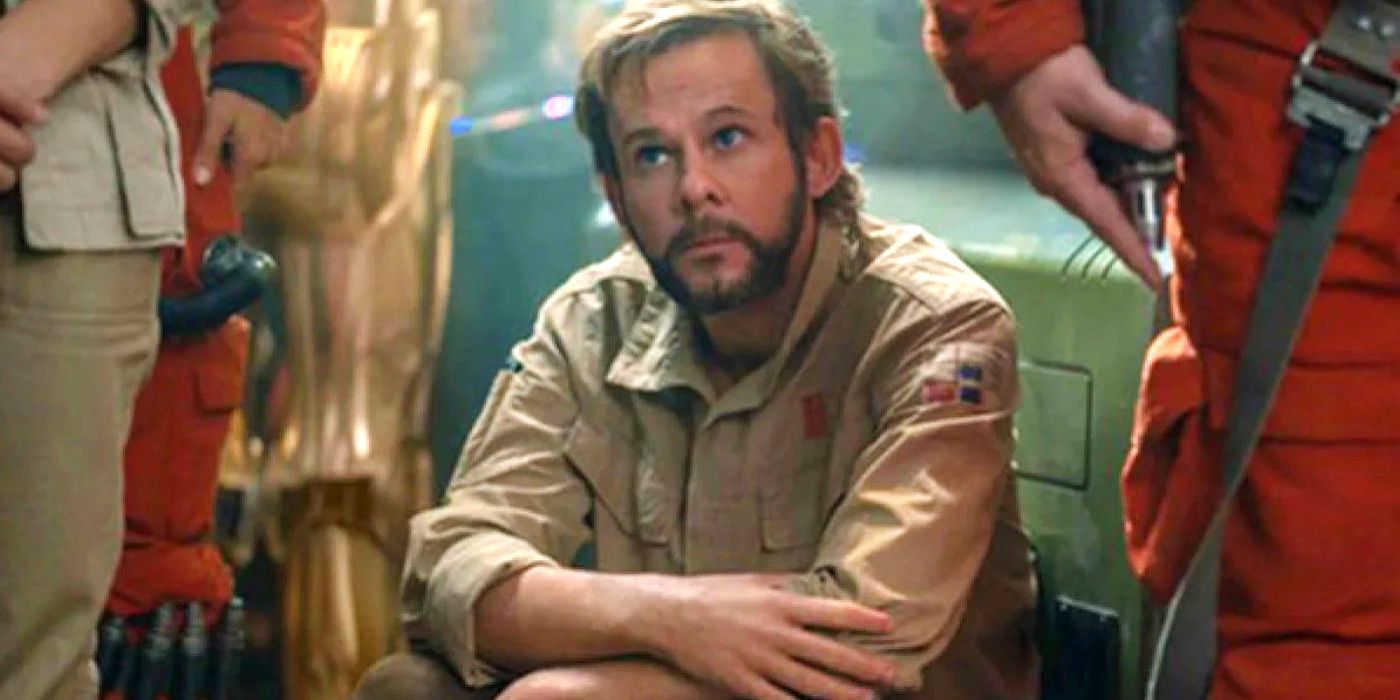The latest Star Wars book, Dr. Chris Kempshall’s The Rise and Fall of the Galactic Empire, is an absolute masterpiece that shows just how to make canon work. Roughly ten years ago, Disney chose to relaunch the canon by erasing the old Expanded Universe. Since then, there’s been a constant flow of new content in so many different mediums – ranging from movies to TV shows, from comic books to mangas, from novels to audiobooks. Unfortunately, the sheer range of materials means it’s pretty easy to feel overwhelmed.
Lucasfilm is increasingly publishing tools to help you navigate through all this. Last year’s Star Wars: Timelines was a meticulous work of art helping readers figure out the flow of events, but some other books have taken a rather more unusual approach. Dr. Chriis Kempshall’s The Rise and Fall of the Galactic Empire, published last week, is the perfect example; it’s supposedly written from the in-universe perspective of historian Beaumont Kin as he researches the Galactic Empire.
Canon Is So Artistically Done

You’ve all heard the furious debates; what’s canon and what’s not, has the latest cameo just broken Star Wars canon, how do you reconcile two different versions of events? The Rise and Fall of the Galactic Empire has to navigate all these questions and more, but it does so in a wonderfully artistic way. Beaumont Kin is a historian analyzing records, sometimes identifying points of conflict, sometimes reinterpreting them, sometimes forced to choose between rival sources that contradict.
This feels like a breath of fresh air. It’s an approach to canon that views everything as a different piece of a jigsaw puzzle, and simply has fun trying to put them all together again. It reminds me of debates in the Jedi Council Forums during the Expanded Universe years, where we’d watch the latest movie and come away trying to figure out how all the old stories we’d loved still fit when George Lucas had just thrown everything up in the air. There’s a creative joy to it that makes the book a pleasure to read.
It helps that Chris Kempshall is a massive fan, and his love for Star Wars shines through in every paragraph he writes. This is a man who’s living the dream, getting to write about a franchise he loves so much. In interviews, he’s admitted this was the easiest project to research, because he already has all the books, comics, movies, and TV shows to hand. Kempshall’s familiarity with the lore is deeply impressive, and you feel as though he’s holding your hand as he guides you on a journey through Imperial history.

Related
Star Wars: Canon, Expanded Universe, & Legends Explained
Ten years ago, Star Wars canon underwent the biggest change in the franchise’s history. Here’s everything you need to know about canon and the EU!
The Structure Is Absolutely Logical

Structurally, The Rise and Fall of the Galactic Empire follows the in-universe chronology. It’s broken down into 4 sections:
- Part One: Rise and Consolidation
- Part Two: Expansion and Oppression
- Part Three: The Galactic Civil War
- Part Four: Fall and Continuation
I initially attempted to do a straightforward readthrough of the book from beginning to end, but I admit I found that tough going; two chapters on the political and economic structure of the Empire gradually wore me down. Instead, I’ve taken to dipping in and reading chapters as standalone, and I’m finding that to be the better approach; each chapter feels like a fresh revelation, a smart reinterpretation, or a masterful reweaving of canonicity. I won’t be ignoring those meatier chapters, of course, but rather will be returning to them and taking my time.

Related
The Galactic Empire Timeline Explained: The Dark Times, The Rebellion, & The Galactic Civil War
The Empire was the backdrop for much of the world-building in the original Star Wars trilogy, but what did the regime’s reign really look like?
The Star Wars Galaxy Feels Very “Present” In Kempshall’s Phenomenal History
We’ve all heard the silly claims that Star Wars shouldn’t be “political.” If you’re at all aware of real-world history, or indeed of present-day politics, then reading The Rise and Fall of the Galactic Empire will serve as something of a wake-up call. There’s something very powerful about Beaumont Kin’s analysis, something that makes the issues involved in the Empire feel very real and “present.” The text carefully avoids drawing any real-world parallels, but they’re not hard to spot, and often they’re deeply troubling – as they should be.
Like all historians, Beaumont Kin is no neutral arbitrator of history; he writes with a purpose, one that infuses every page. His is the voice of a Resistance scholar looking back through the past of the Empire, interpreting it in the light of the First Order’s return. There’s no trace of the triumphalism you assume characterized New Republic historians, but rather a grim acceptance that the ghosts of the past are not easily exorcised, and that this assessment serves the noble role of shining a light on their true nature. This, too, makes the book feel “of the moment.”
Ultimately, it is this sense of “presentism” that makes The Rise and Fall of the Galactic Empire so powerful and important. Stripping away all the science-fiction and fantasy, this feels like a simple book showing how totalitarian governments rise to power in times of crisis, and how they operate. It’s just the kind of message George Lucas wanted to send all along with Star Wars, when he envisioned democracy dying in the face of thunderous applause. And it feels like a vital, timely lesson indeed.
Buy The Rise and Fall of the Galactic Empire from Amazon




